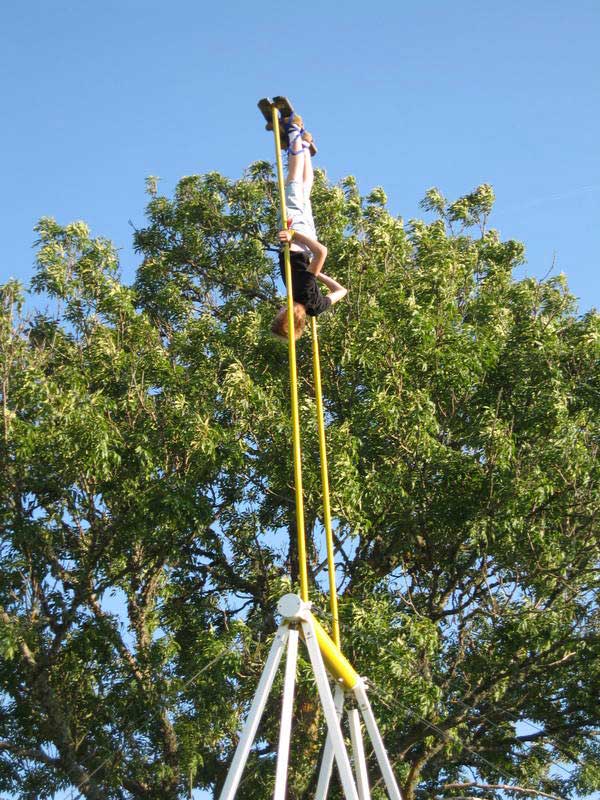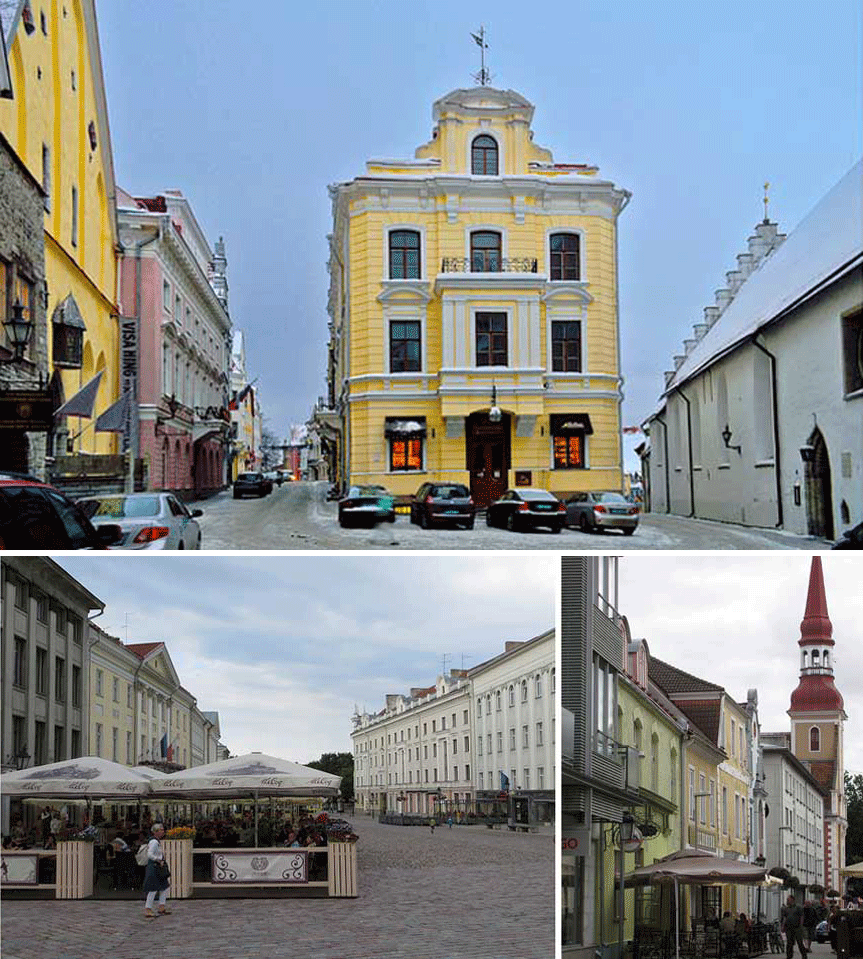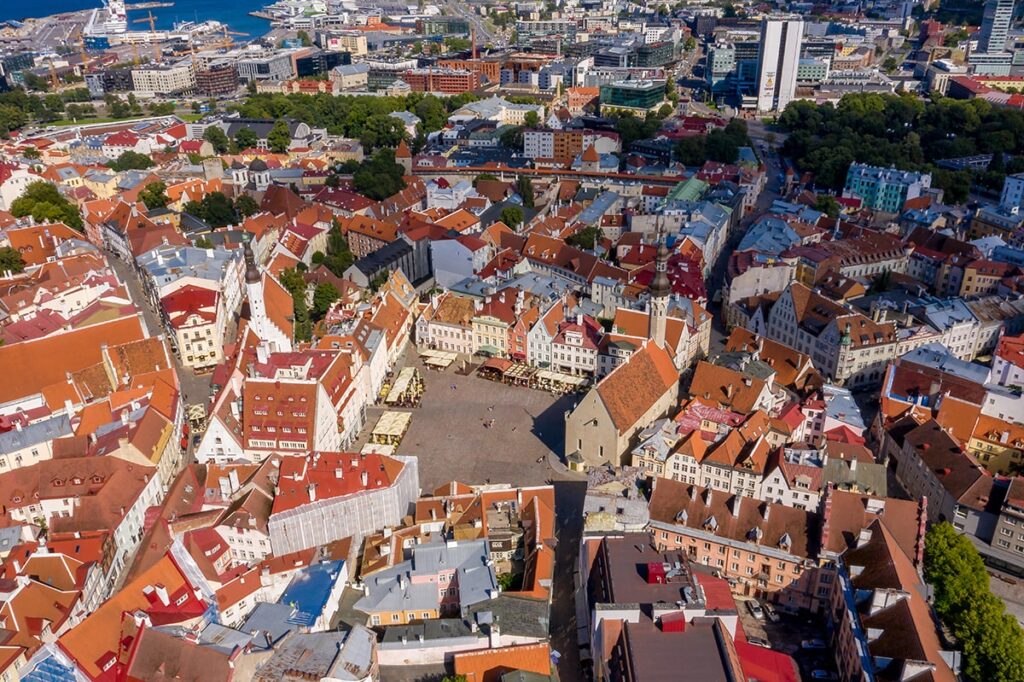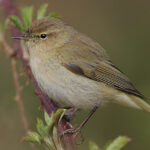1. Online selection: In 2005, Estonia was the first country in the world to hold a political election over the internet
2. Craters: Estonia has the highest concentration of meteor craters in the world (the highest number of meteor craters per km2)
3. Capital cities: Although Tallinn is Estonia’s only official capital, the country is unique in having a number of unofficial capitals, each with their own distinctive characteristics; for example, Tartu is the cultural and intellectual capital, while Pärnu is known as the “summer capital”
4. Two Independence Days: Estonia has two national independence days. Estonia gained independence from Russia on February 24, 1918 and again on August 20, 1991 after 51 years of occupation
5. Least religious country: Estonia is the least religious country in the world; only 16% consider religion important in their daily lives, while a whopping 78% do not consider religion important. The remaining 6% percent either refused to answer or answered ‘don’t know’. The data comes from surveys conducted by Gallup in the years 2006 – 2009

Fact: Kiiking is a sport where the goal is to swing as powerfully as possible. The more force you put into the swing, the longer the arms of the swing become. The record is 7 m and 2 cm
6. Paul Keres: More than 100,000 people attended the funeral of Estonian chess master Paul Keres (1916 – 1975) in 1975
7. Kiiking: Estonian Ado Kosk invented the sport of ‘kiiking’ around 1996. The name of the sport comes from the Estonian word ‘kiik’, meaning ‘swing’ or ‘swing’. The sport involves a large swing that can rotate 360 degrees. The more force you put into the swing, the longer the arms of the swing become. The current record is 7 meters and 2 centimeters, held by Andrus Aasamäe
8. Free transportation: Since 2013, all public transportation in the capital Tallinn has been free. The move was implemented to reduce the number of cars in the city and make life easier for the city’s less fortunate citizens
9. Forests: Around 61% of Estonia is covered in forest, with the most common tree species being pine, spruce and birch
10. Honey: In 1994, Estonia became the first country in Europe to introduce a “flat” tax rate of 26%, which applies to all citizens across all income levels. The new universal tax rate replaced the previous 3 tax rates for personal income and 1 for corporate income. The example was later followed by Lithuania (in 1994) and Latvia (in 1995)

Although Tallinn (top) is the official capital of Estonia, there are several unofficial capitals in the country, including Tartu (left), the intellectual capital, and Pärnu (right), the “summer capital”





